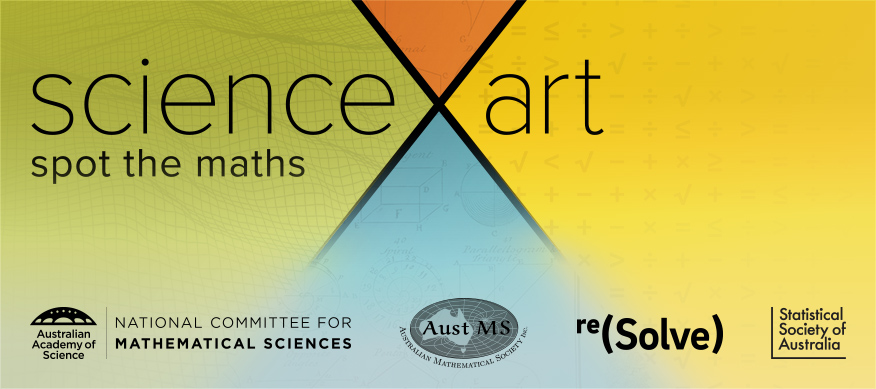
The Academy has been sharing inspiration for this competition to help students in spotting the maths. Below are the images for inspiration that the Academy has shared!
For more inspiration and guidance the reSolve team has produced a resource to support scienceXart: spot the maths. In this lesson, students think about the mathematics contained within a photograph. Find the resource here.

Description: Natural egg variation: this sample of 40 supermarket eggs from the same brand were weighed and arranged by mass. In a sample like this, where nature should dictate the variation in mass, we would expect to see a normal distribution—that you might know as a 'bell curve'.
Photo by Rebecca Herbst of the Statistical Society of Australia.
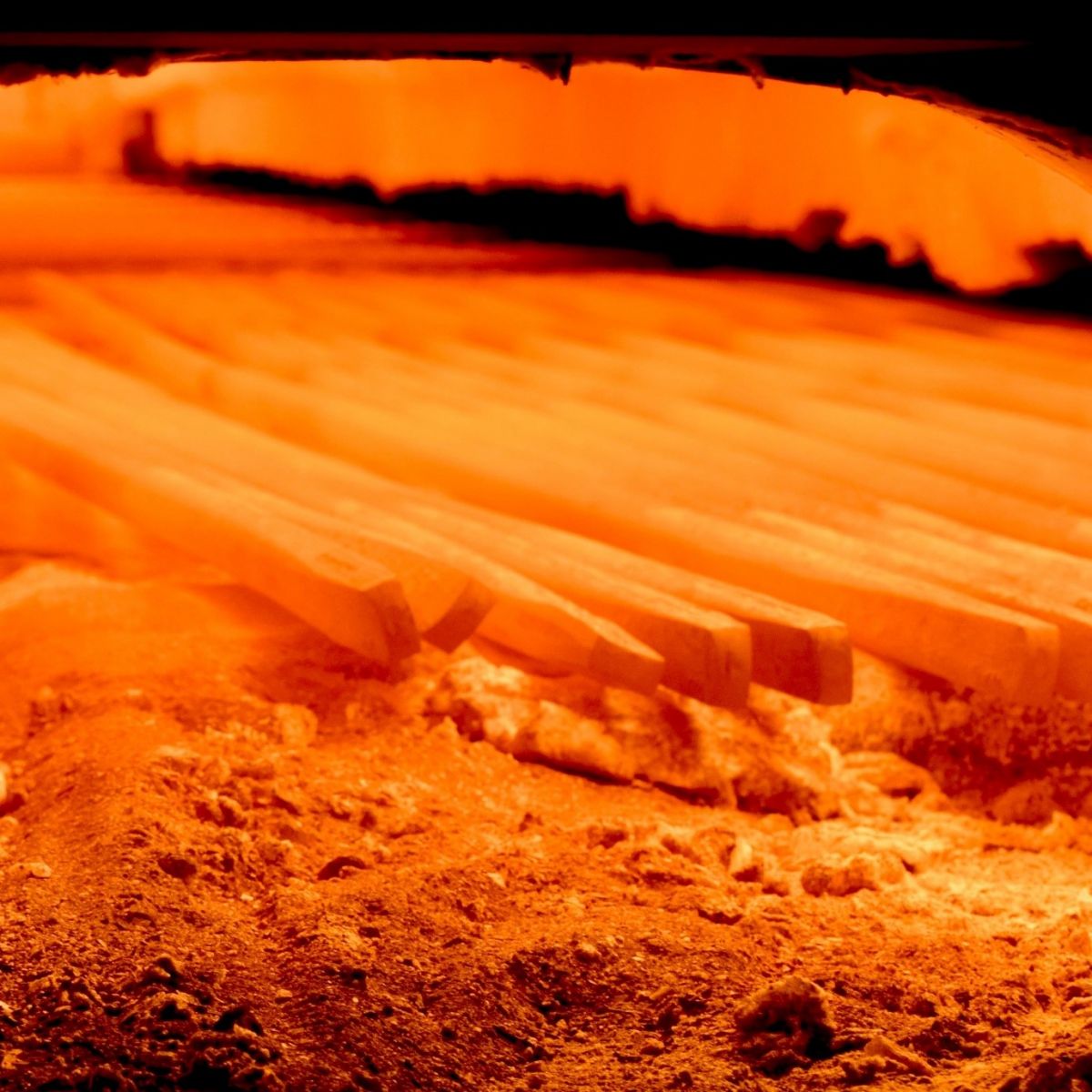
Description: Hotter rods with maths: a manufacturer of steel coils came to the Mathematics in Industry Study Group to help them save on power costs. With calculus, computer coding and "extensive use of mathematics", Prof Mark McGuinness and co-workers were able to help redesign the furnace entrance.
Photo by Professor Mark McGuinness, Victoria University of Wellington on behalf of the Mathematical Society of Australia.
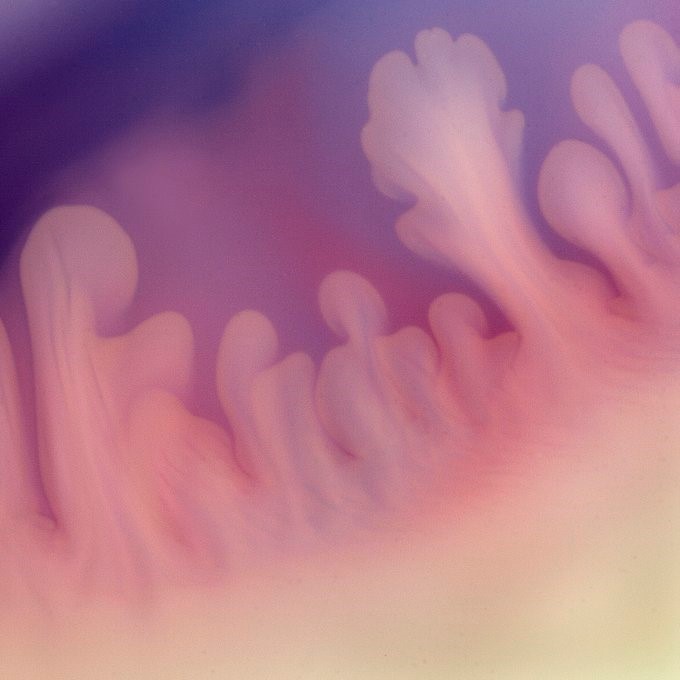
Description: Sticky fingers: these patterns form when a viscous fluid is displaced by a less viscous one. This is the Saffman-Taylor instability.
Photo by Clare McLellan, Archivist at the Australian Academy of Science.
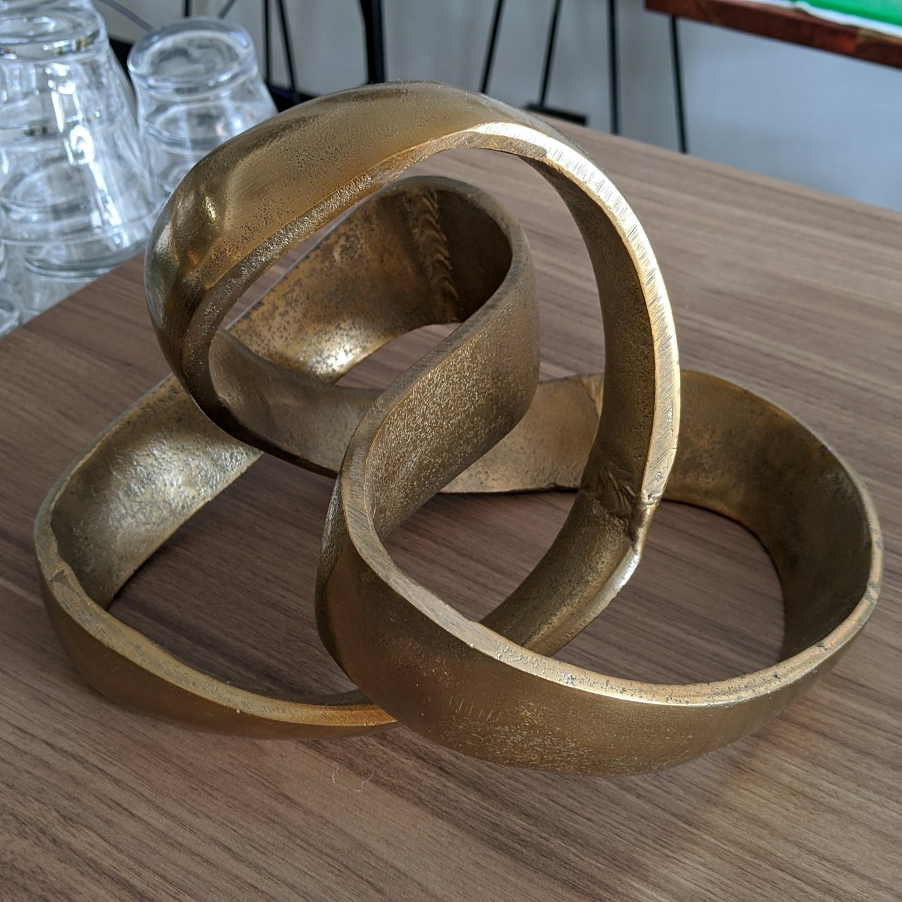
Description: A trefoil knot, in mathematics a knot is any closed curve in 3 dimensions, making a loop. Knots are interesting because intrinsically they are very simple, they are just circles, but the way they sit in 3 dimensions creates infinitely many possibilities.
Photo by Dr Julia Collins spotted this sculpture at a café in Leederville, Perth, on behalf of the Mathematical Society of Australia.
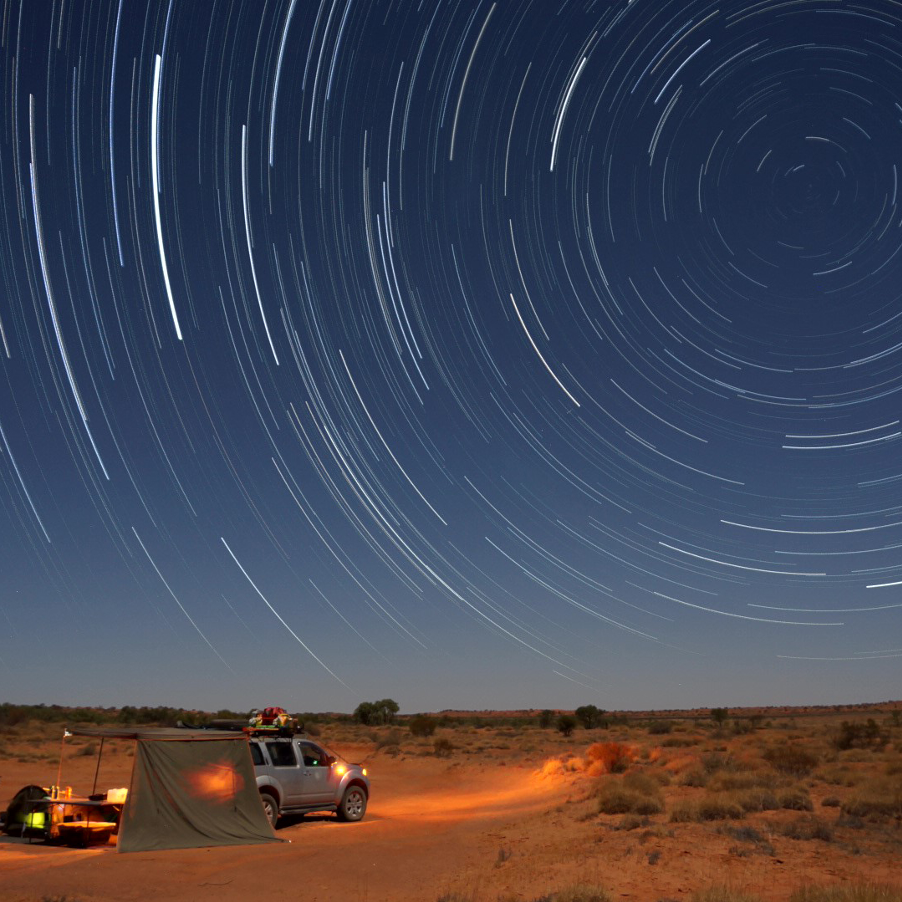
Description: Snapped at Haddon Corner in outback Queensland, this time lapsed photo captured an image every 1.6 seconds. The stars follow a circular arc, a dynamic process moving from east to west—a direct result of earth's rotation.
Research statistician Dr Petra Kuhnert of Data61 was a finalist in the Statistical Society of Australia's 2018 Photography competition with this starry composition. "In statistics, we are challenged with modelling the underlying space-time dynamics of a physical process."
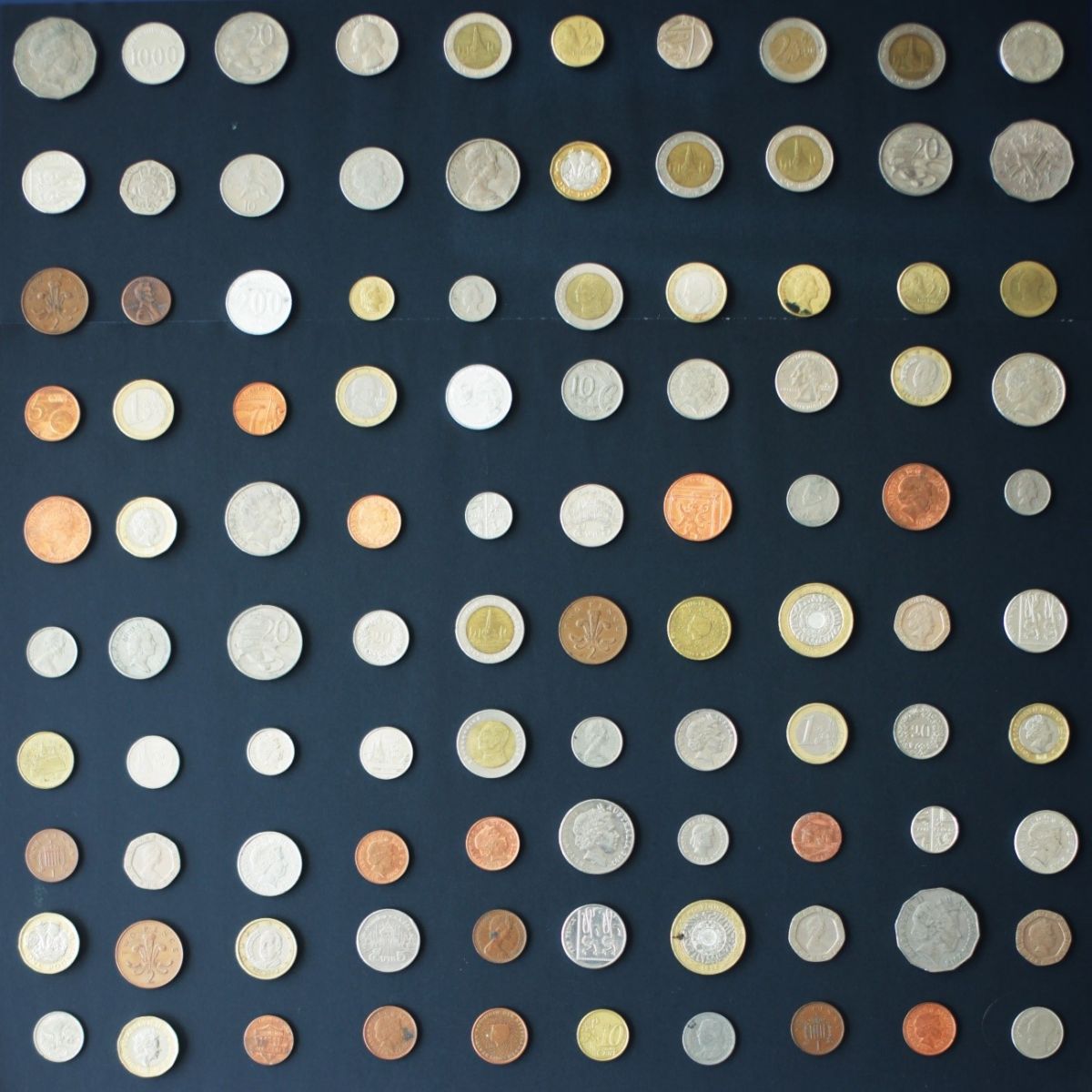
Description: Here are 100 tossed coins. When a coin is tossed, if it is a fair coin, the probability of heads is 0.5 and the probability of tails is also 0.5, so with 100 coins you would expect 50 heads and 50 tails. This image shows 52 heads and 48 tails, close to what would be expected.
Photo by Rebecca Herbst of the Statistical Society of Australia.
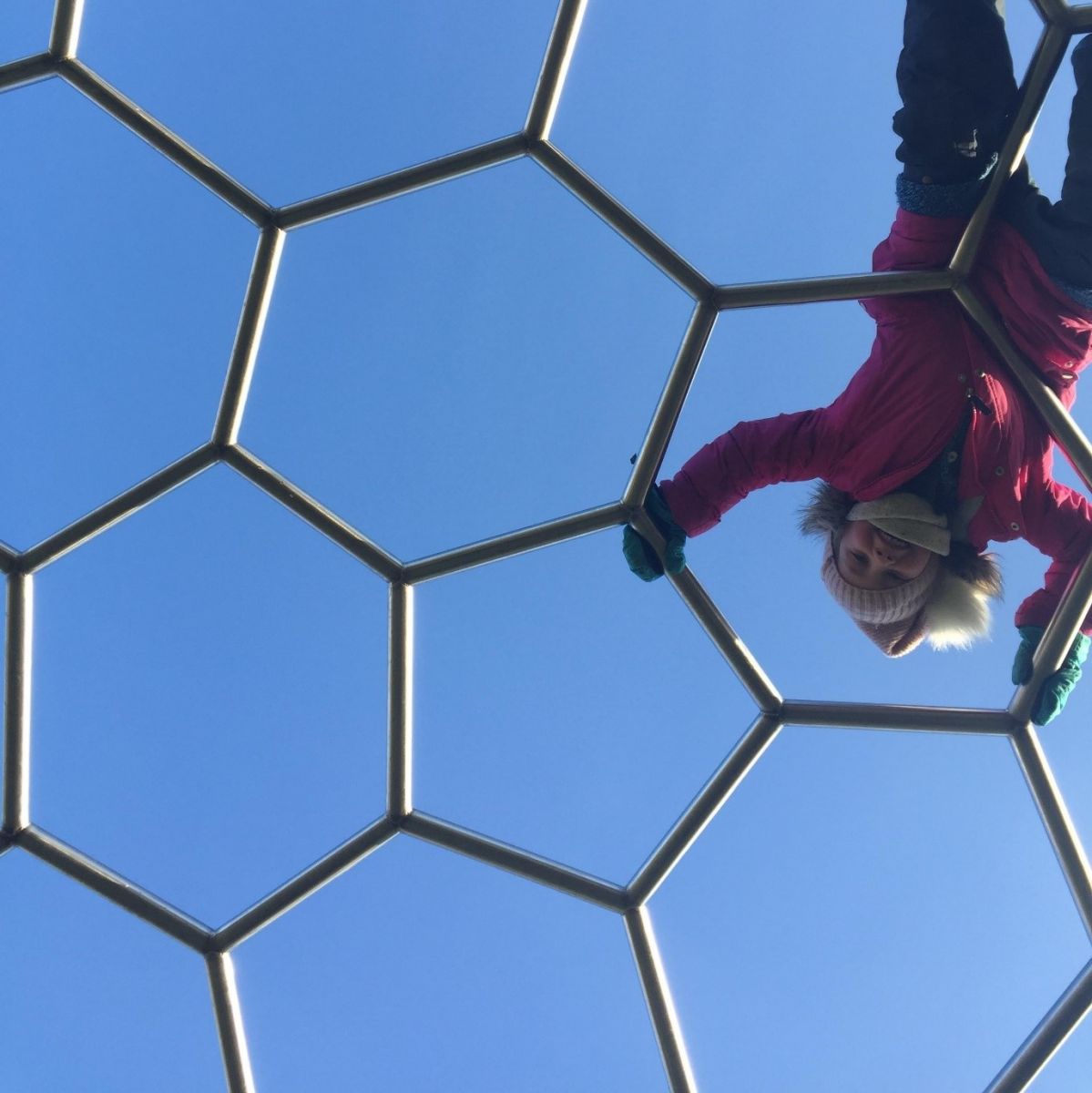
Description: On a spherical climbing frame, a child encounters a pentagon among the hexagons, blissfully unaware that Euler's polyhedron formula V-E+F=2 means that the pentagon is a necessity rather than an accidental defect.
Photo by Associate Professor Gerd Schröder-Turk, Murdoch University, on behalf of the Mathematical Society of Australia.
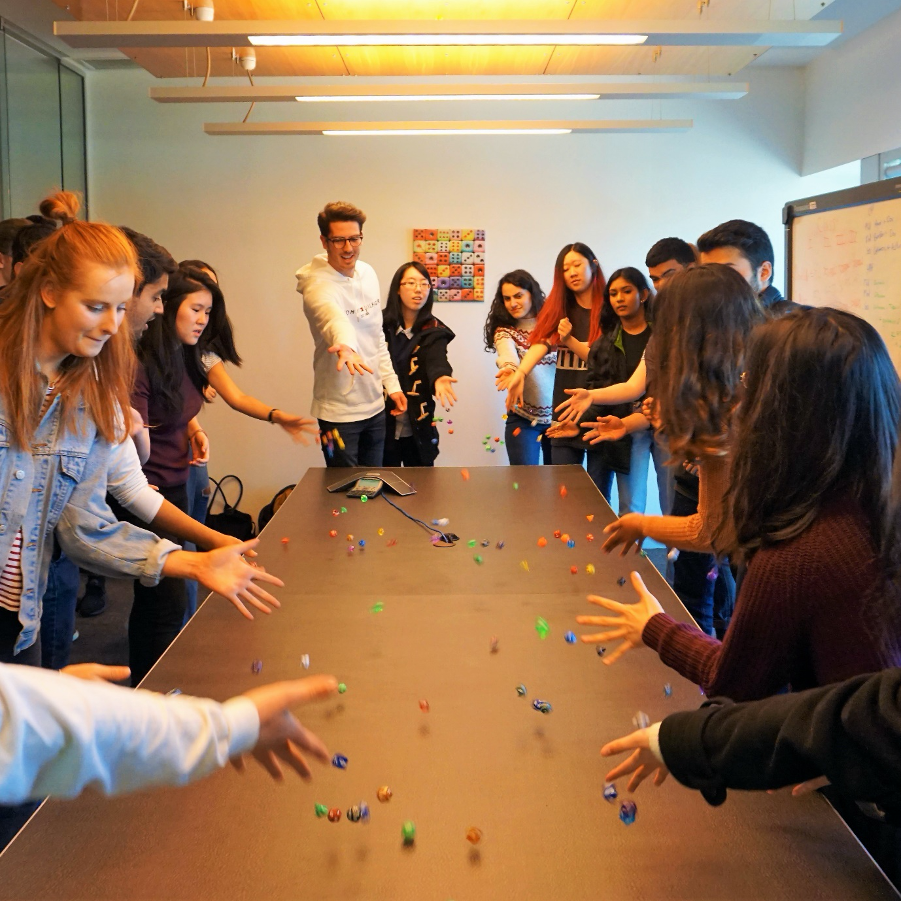
Description: These medical students rolled dice to create colourful constellations symbolic of probability, complexity, and uncertainty.
Photo taken Michael Leach on behalf of the Australian Mathematical Society.
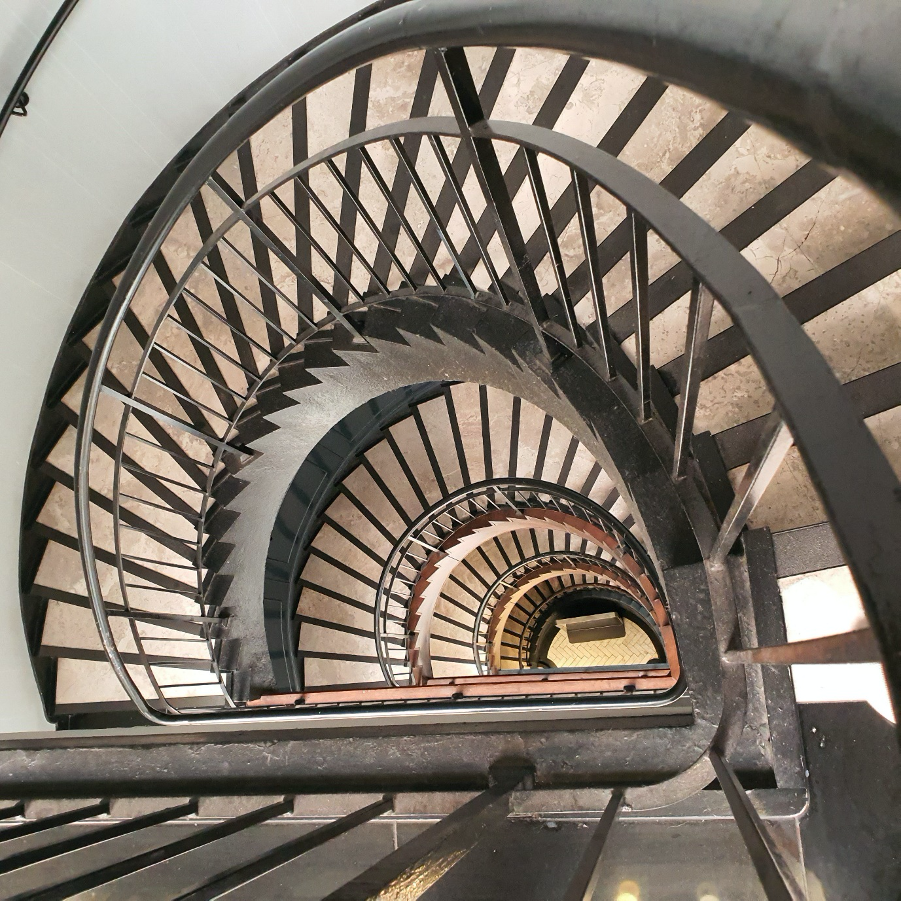
Description: Most spiral staircases are better described as a helix. A conical spiral staircase would take up more space as it curves around. The central point of a helix will move with its rotation, the distance remains constant, a better fit for most buildings.
Photo by Ajani De Vas Gunasekara, Teaching Associate and PhD research scholar at Monash University, on behalf of the Mathematical Society of Australia
Keep an eye out on the Academy’s social media and website for more inspiration to spot the maths.
© 2026 Australian Academy of Science